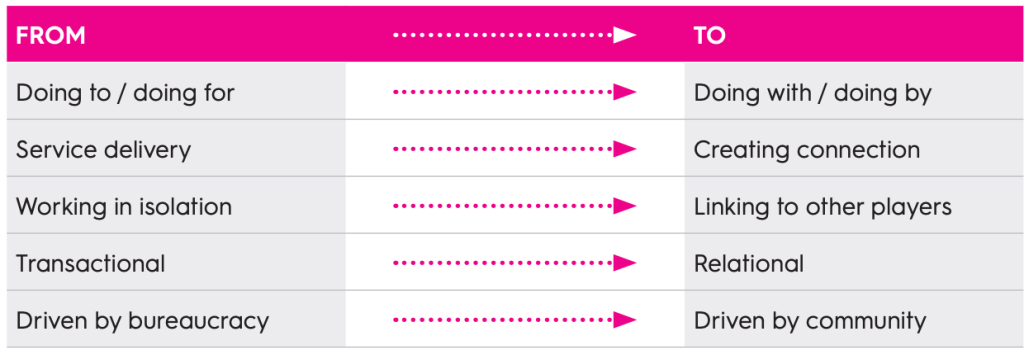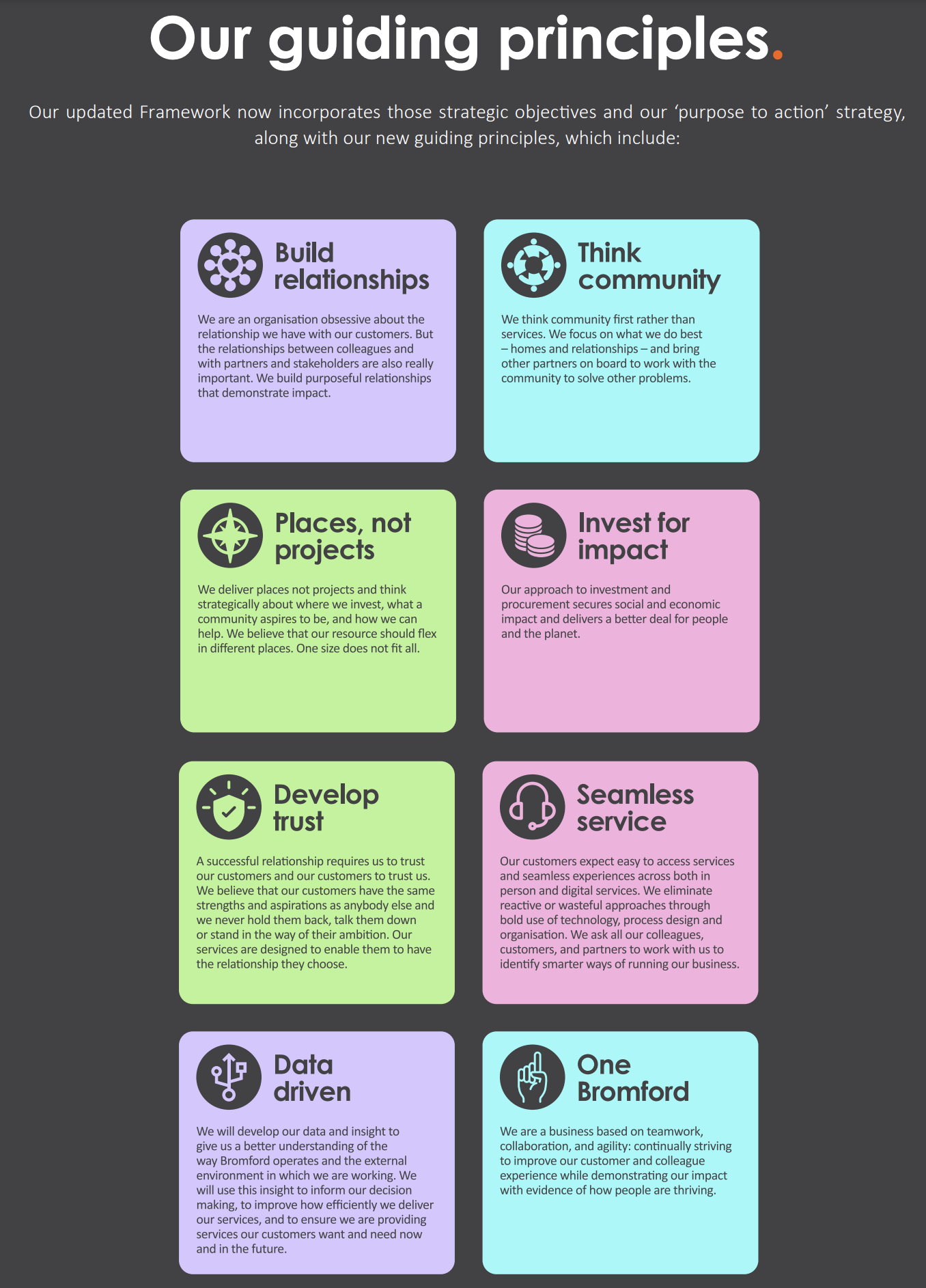Most of us accept that bureaucracy squashes initiative, risk-taking, and creativity, but it doesn’t just stop there.
Bureaucracy and the associated dysfunctions can and do spread. Left unchecked and unchallenged bureaucracy seeps into previously efficient parts of a business, rendering any previous capability for innovation obsolete.
Bureaucracy spreads via its most willing disciple: the manager, the greatest inefficiency in any organisation.
Gary Hamel laid this out well:
Typically a small organisation might start off simply – one manager and 10 employees.
But as it grows it will often keep this ratio and sometimes reduce it. So an organisation with 100,000 employees will have at least 11,111 managers. Because an additional 1,111 managers will be needed to manage the managers.
And that’s before you go near management-related functions whose entire function is , well, management.
This multitiered management structure means more approval layers and slower responses, which has a catastrophic effect on innovation capability, never mind the somewhat important task of providing customer value.
Everyone thought that living in a digital economy would remove this, but the opposite happened. Writing in Diginomica, Chris Middleton points out that in the name of efficiency, the UK Government has created 21,000 jobs across 46 departments in support of its digital, data, and AI ambitions – and run up large consultancy fees in the process.
The only way to stop the relentless spread of bureaucracy is to fire all the managers. This rarely happens so the next best option is to put rules, or design principles, in place to stop it.
I’ve written about design principles many times but was thinking about them even more this week after a conversation with Dan Minchin who leads the for-purpose organisation Chorus, based in Western Australia. They are – in UK terms – a social care provider, except they don’t “deliver care” or “provide help”. Nor do they talk about “clients”.
Chorus has been through a radical 3-year transformation and reorganised to be a network of 20 local, small, self-sufficient teams. They’ve designed a structure that focuses less on management and hierarchy and more on the things that matter; relationships, customers and communities. Their structure enables Chorus services to be more localised and relational, it helps activate communities and neighbourhoods and allows for them to support customers through a local care ecosystem.
Although they don’t have something they would call design principles, Dan used the word ‘design’ quite frequently in our conversation, and their ‘Fresh Approach’ is clearly informed by design thinking.
So far, so not dissimilar to the relational approach of Bromford neighbourhood coaching whose original five principles were:
We believe in adult – adult relationships
We believe in the strengths and abilities of others
We do more listening than talking
We don’t judge other people’s choices
We don’t see people as needing to be fixed
However, I think Dan and the team at Chorus have done a better job than we did at protecting their frontline teams from ‘bureaucratic seepage’.
In his organisation colleagues are formed into ‘Locals’ – teams of about 20-40 people who work with 300–500 customers. Each Local covers a small patch – it might be one suburb or a handful of suburbs. Within a Local, people may form smaller teams called Cells that are tailored towards community needs.
Importantly the ‘back office’ and ‘management’, which let’s face it, is where almost all bureaucracy comes from, is reigned in by those functions being recast as ‘enabling teams’. Dan doesn’t pretend it does this perfectly, but seemingly he’s done as good a job as any in keeping those closest to the customer focused on their purpose – without undue interference.
It’s this that I think we got wrong in our first attempt at decentralisation at Bromford. We took the shackles off those closest to the customer but we didn’t increase the shackles on everybody else! Even the most perfectly designed customer-facing role is not immune to bureaucratic seepage. In fact, it just becomes a receptacle for all the dysfunctions in the rest of the organisation to inhabit.
Hopefully, that can be reversed with the new Bromford Strategy which aims to move to a place-based model that puts the people who live and serve in our places in the driving seat. Accordingly, we’ve placed design principles within the strategy
Admittedly, these are just words on paper, but they set the organisation in the right direction in the fight against top-down bureaucracy.
Bureaucracy is the norm as it’s genuinely hard, painful even, to fight against. You’re going to have to take on power structures, risk aversion, and sometimes even regulation if you want to avoid the gravitational pull towards the status quo.
But as Laurence J Peter memorably put it” Bureaucracy defends the status quo long past the time the quo has lost its status.”
The status quo in the social sector is not inevitable.
Bureaucracy is not inevitable.
You can, and should, design it out.




